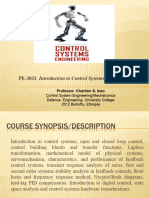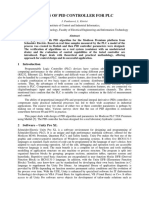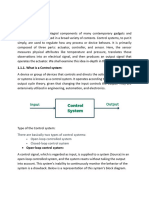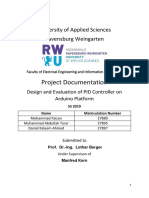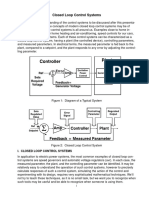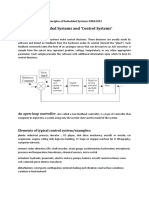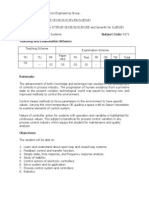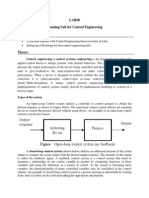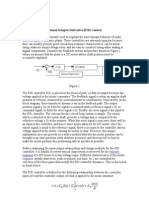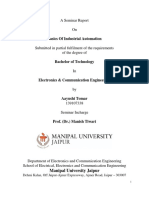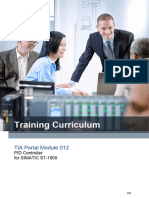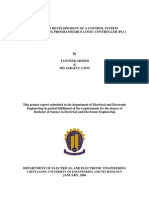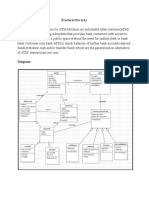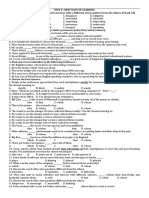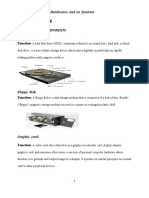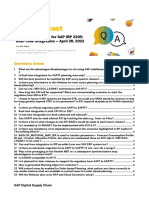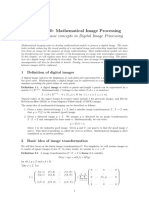0% found this document useful (0 votes)
41 views9 pagesPid Closed Loop Control Analysis For Aut
The document discusses PID closed-loop control analysis for automation using Siemens PLC and TIA Portal V13. It provides an overview of closed-loop control systems and the requirements for the proposed work, including hardware and software. The document also gives basics of control engineering and describes the TIA Portal V13 system flow to create a project.
Uploaded by
Nguyệt LưuCopyright
© © All Rights Reserved
We take content rights seriously. If you suspect this is your content, claim it here.
Available Formats
Download as PDF, TXT or read online on Scribd
0% found this document useful (0 votes)
41 views9 pagesPid Closed Loop Control Analysis For Aut
The document discusses PID closed-loop control analysis for automation using Siemens PLC and TIA Portal V13. It provides an overview of closed-loop control systems and the requirements for the proposed work, including hardware and software. The document also gives basics of control engineering and describes the TIA Portal V13 system flow to create a project.
Uploaded by
Nguyệt LưuCopyright
© © All Rights Reserved
We take content rights seriously. If you suspect this is your content, claim it here.
Available Formats
Download as PDF, TXT or read online on Scribd
/ 9


